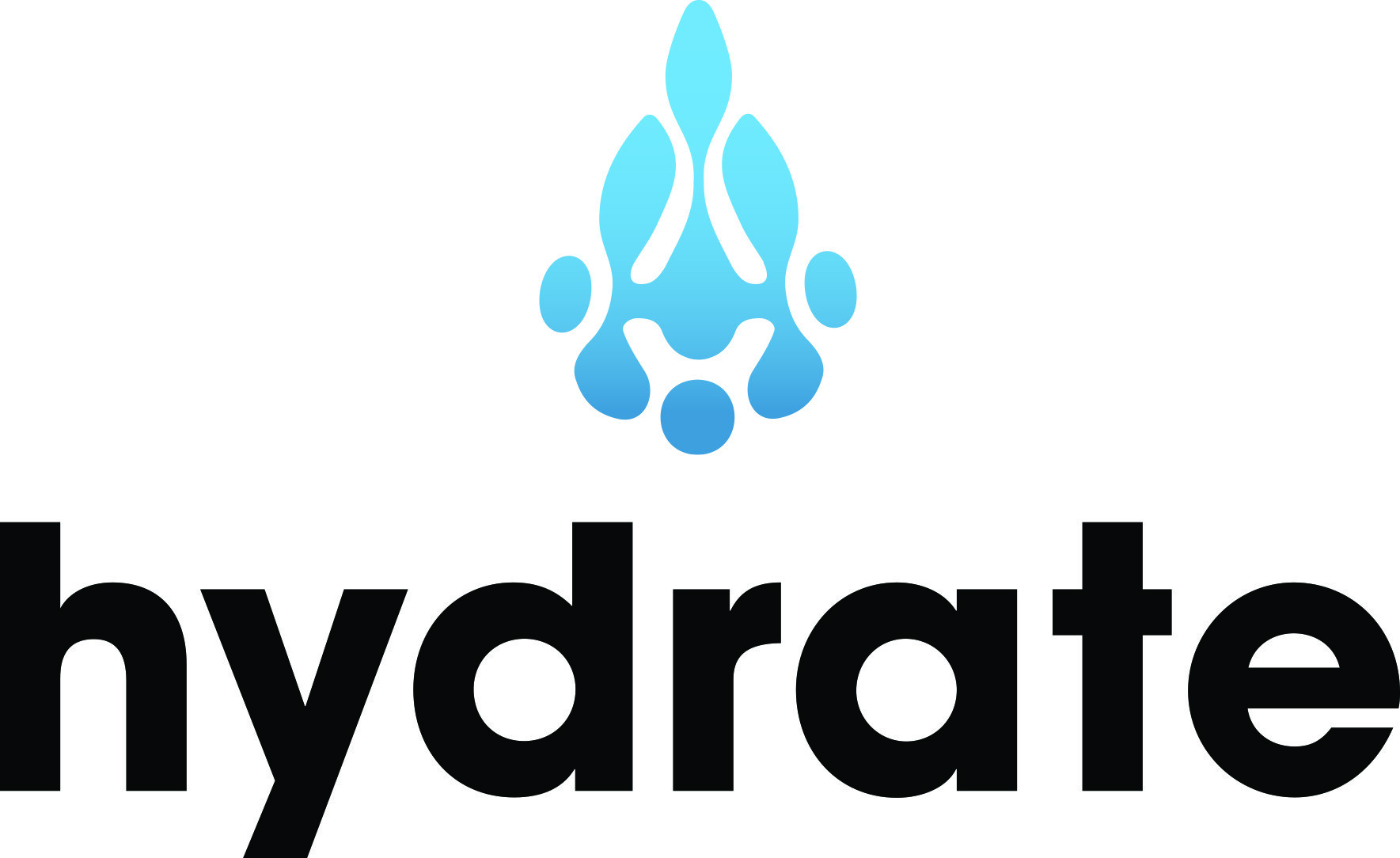Every day that I come into work, I put my bag down, get settled, and jump onto my tightrope. The stakes are high because I really don’t want to fall off my rope. If I wobble to the left, I might end up in the land of creative writing, where everything is lovely and artsy but not always practical and helpful. If I topple off the right-hand side, I’ll fall into the dark pit of technical writing where I’ll be doomed to an eternity of boredom.
No, I’m not a circus performer, I’m a marketing content specialist. But if you create marketing content too, you probably find yourself walking the same tightrope as I do. This is because it’s our job to create and publish enough content to efficiently and effectively do our part in making the inbound marketing flywheel function as flawlessly as possible.
But, do you ever feel like a marketing robot? Do you follow daily routines and stick to the same specific structures for every social media post, email, and blog? Do you pump out cookie cutter content at record speed? Good for you! Unfortunately, no one wants to read something written by a robot.
On the other hand, there’s still something to be said for traditional methods and organization systems, so don’t throw out all your old ways just yet! Simply let this blog be a reminder to leave the automation to your CRM and bring a little humanity back into your writing. It’s true that structure and routine can hinder you, so it’s important to note when it’s helpful while not being afraid to break the mold when your content starts to get stale.
One benefit of structure is that it can stop you from rambling. Another great way to avoid this is by making sure you do adequate research before you start pounding on your keyboard. If you truly love writing, and you’re not just doing it because your job description or your boss tells you to, it’s easy to go on and on. But readers are likely to click away from a piece that comes off as an uninformed rant so make sure your content is easy to consume and has clear takeaways.
Think of it this way: have you ever been in the middle of listening to someone tell a story and found yourself wanting to yell “Get to the point!” Doesn’t matter how much you like the person, or how much you want to know how their story ends, once you can tell that they’re beating around the bush instead of giving you the abridged version, you start to space out. That’s just how the human attention span works.
This is why we’re taught to write essays in specific formats in school. The familiarity of the thought-out structure makes papers easier and more enjoyable to read. During my high school years, I found out I was very good at plugging new information into the same old template. I was so good at it, that once I got to college, I took it to the next level by studying journalism. What’s beautiful about the format of news articles is that you get all of the most important, and often even the most interesting, information within the first four paragraphs. Really, unless you’re writing features, you probably don’t have a very large word count allowance, so you’re forced to not only write the best information first, but to write the whole article succinctly.
Writers of all genres know that we only have seconds to capture a reader’s attention. According to Buffer, 55 percent of people that come to any given blog post will only stay on the page to read for 15 seconds or less. That’s why, as much as I love a good, organized outline and following the writing rules I’ve been taught over the years, I’m trying not to focus on them as much anymore. Write something you’d like to read, and if that means you have to break the “rules,” so be it. Whatever you do, don’t let these things hinder your creativity…
Formats: Writing rules about when and where you need to add a quote, or a piece of evidence aren’t as strict when it comes to marketing content as they are in other industries. Nevertheless, I’ve found myself slipping into the same kind of boring, expected routines, even with short form social content. How many times can you draft a #ThrowbackThursday post before you feel completely uninspired and unoriginal? Do you feel like every blog you’ve written lately is a “how to,” meaning that you’ve just been pumping out introductions, numbered steps, and conclusions over and over again? You don’t have to, I swear, I know that creative spark is still in you somewhere! Reignite it by remembering how many other blog post formats are out there.
Word Counts, Deadlines & Other External Demands: Again, I’ve found that specific article lengths and due dates aren’t as common in marketing as they are in journalism. In this field, however, there is still pressure to make sure websites and social pages are full of updated content. The pressure may even be coming from you rather than your boss or client, but it’s certainly there. For example, maybe you decided that a client needs five Facebook posts a week. Come Friday, you’re scraping the bottom of the barrel. It’s been a slow week for the company and sure, you could post something generic… But if you’re uninspired while typing up that post, chances are the Facebook scrollers of the world won’t find it interesting either. If you’re only putting up content because you “have to,” there’s hardly any point in putting it up at all. Ask yourself, what purpose is this serving, where is it leading to, who is it targeting? The answers to those questions are arguably more important to the planning process than the answers to, “How long do you want it and when do you want it by?”
SEO: A lot of us marketers are in the habit of doing keyword research before deciding on a blog topic. It’s crucial that your marketing content is search engine optimized if you ever want anyone to find it and read it, so this is a great practice to have. But just because something is searched for frequently, doesn’t mean it’s actually worth writing a whole blog about. While doing keyword research is another great time to remember that, although algorithms are important, people’s interests are more complex than a binary code and what you're writing should appeal to them.
So, write things that people are searching for and use formats that have proven successful. Have an outline and a timeline. All of that is great, but in the midst of the structure, don’t forget that content, at least to some extent, is meant to be creative. If you’re not having fun writing it, readers won’t have fun consuming it.







